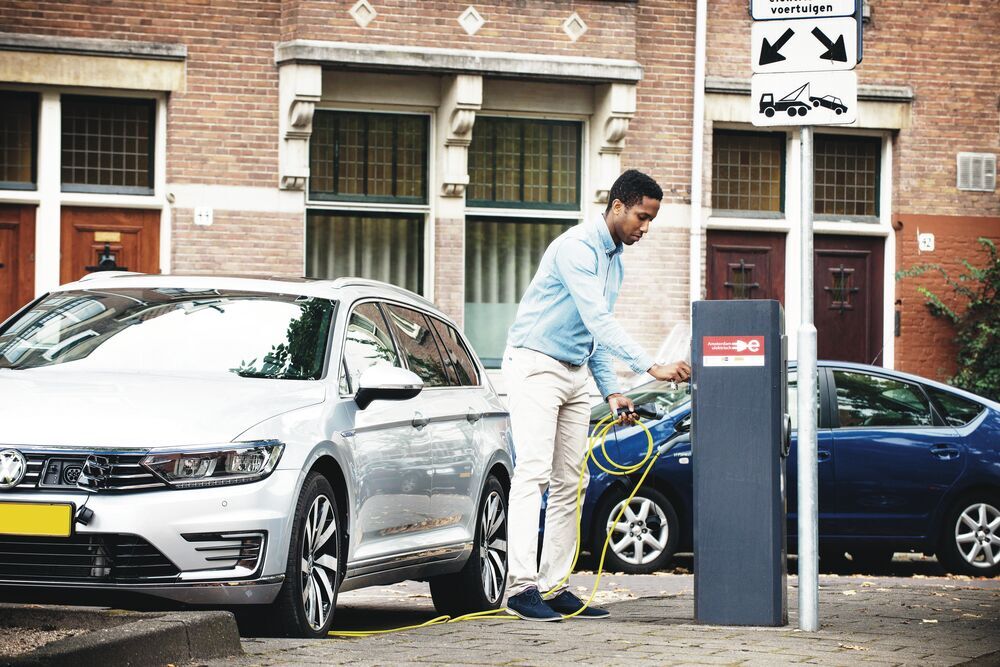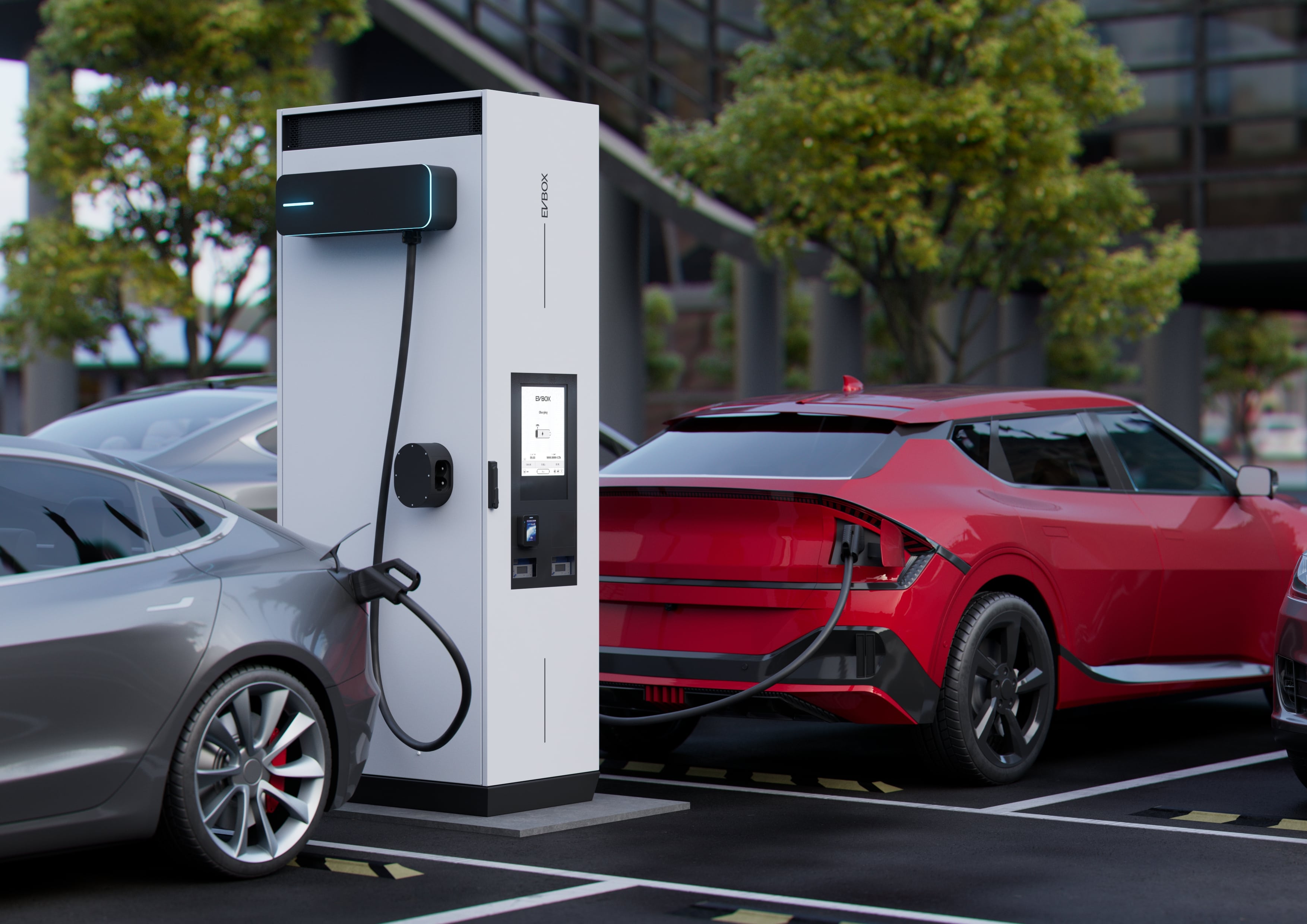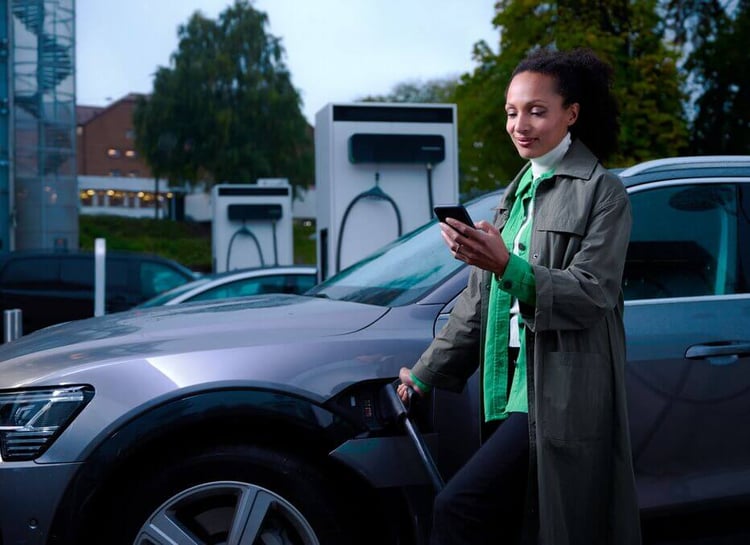
Within the EU’s latest legislative package which aims to align EU law with its ambitious climate goals, the Fit for 55 package, is a piece of proposed legislation that puts electric mobility at the center of alternative fuels: the Alternative Fuels Infrastructure Regulation (AFIR).
According to the AFIR proposal, each European country must ensure that there is a certain amount of charging infrastructure per EV registered within their borders. This proposed minimum charger-to-vehicle ratio will fall short of reaching the EU’s ambitious goal: utilizing electric mobility as a catalyst for the energy transition.
Whilst we firmly believe that this package goes in the right direction, in this article, we will touch on why we believe that this “one-size-fits-all” approach hinders, rather than promotes, a balanced electric mobility rollout across Europe and propose an alternative way forward.
Electric mobility as a catalyst for the energy transition
Last July, the European Commission unveiled its new plan to reach a -55 reduction in carbon emissions by 2030. Dubbed the Fit for 55 package, the legislative proposal is a stepping stone in the EU’s ambitious climate roadmap to continent-wide carbon neutrality by 2050. While the proposal addresses many different sectors, it identifies the electrification of transport as a key instrument in decarbonization.

According to the EU, investment in EV charging can act as a catalyst for transforming our entire energy and transport systems. As one EU report states, “The deployment of charging infrastructure in line with electric vehicle uptake is a key enabler of the switch to alternative fuels and to a largely zero-emission vehicle fleet by 2050.”
What’s more, as a major success story of the sustainable technology revolution, electric mobility also creates green jobs, increases digital infrastructure, and reduces air pollution in European cities.
As a result, prioritizing EV adoption and infrastructure is not only smart policymaking for a sustainable future, it’s building the foundations for further decarbonization.
However, to achieve the status as a catalyst for change, we must ensure that electric mobility is increasingly attractive for all drivers across Europe. Yet, in some countries, the needed boost in electric vehicle uptake is still well below the threshold needed to meet transport decarbonization objectives.
EV uptake and charging infrastructure go hand in hand
The EU’s ultimate policy objective is “to make electric vehicle charging as easy as filling a conventional vehicle tank so that electric vehicles can travel without difficulty right across the EU”. However, the uneven deployment of charging infrastructure today makes travel across Europe complicated.
According to the EU itself, this is a ‘chicken-or-egg’ problem: “To reach that aim, the EU faces the following interlinked problem: on the one hand, vehicle uptake will be constrained until charging infrastructure is available, while on the other, investments in infrastructure require more certainty of vehicle uptake levels.”
In other words: EV uptake and charging infrastructure go hand in hand and to increase the former, we must first increase the latter.

Why the Alternative Fuels Infrastructure Regulation’s targets fall short
The AFIR is essentially the EU’s roadmap for overcoming this chicken-and-egg problem and developing a Europe-wide charging network and sets out the EV charging infrastructure requirements that member states will have to meet.
The package proposes a minimum charger-to-vehicle ratio for EU countries, meaning that member states must ensure a certain amount of charging capacity per EV registered within their borders.
As it currently stands, the AFIR target is 1kW of charging power per BEV simply won't be sufficient to reach the EU’s goal—to make EV charging as easy as filling a conventional tank and make traveling in an EV across the EU easy—for two reasons:
- In countries with fewer EVs on the road, the targets won’t significantly boost the availability of charging infrastructure. As the legislation currently proposes that the number of charging stations a country needs is based on current fleet numbers, countries with a small number of EVs will only have to install a few charging points.
- In countries at the forefront of the EV revolution, these targets have already been met and won’t provide any additional incentive. This means that no change will have to be implemented within these territories for several years, as the market is already providing enough infrastructure to cater to the needs of drivers.
As a result of these two challenges, the EU is missing an opportunity to significantly boost charging infrastructure across the entire continent.
Insufficient targets will negatively affect drivers today
This will not only affect the EU’s ability to lay solid foundations for reaching net zero in the long term, but it will also negatively impact drivers today. As many EU countries struggle to overcome this chicken-and-egg challenge, drivers within their borders are hesitant to make the switch to electric.
Many potential electric vehicle (EV) drivers suffer from range anxiety—or the fear that their car’s battery will die on them mid-trip—and that the infrastructure to support them is not sufficient. In fact, according to our research, range anxiety is the number one barrier to EV adoption amongst potential EV drivers in Europe.
There is only one solution to range anxiety and that’s providing more charging infrastructure in places where electric vehicles are underserved. To address this challenge, we need to go beyond a one-size-fits-all approach and develop tailored capacity-based targets for countries with a slower EV uptake while allowing for market freedom in countries where the industry is already thriving.

Tailored capacity-based targets across Europe for EV charging infrastructure
The proposed targets need to be increased to boost electric vehicle adoption in underserved markets in the next few years. One simple alternative to the current proposed legislation, as outlined by Charge Up Europe, would be to set higher targets for countries with smaller fleets—to both ease range anxiety and boost electrification.
This way, “Member States with small fleets will have the obligation to provide their citizens with an amount of EV charging infrastructure that exceeds their current needs, tackling range anxiety and accommodating for the exponential growth of the EV market that the phase-out of ICE cars will bring about,” states the organization.
These targets are then to be progressively lowered as EV penetration increases and once EVs comprise 7.5 percent of a country’s vehicle fleet (considered the EV tipping point by ChargeUp Europe), these targets should then be lowered as they will no longer be needed to stimulate market growth. As their purpose is to accelerate early adoption, not mandate perpetual growth, setting static targets will not be sufficient to reach this tipping point and build a competitive market environment.
Furthermore, the set targets need to trigger countries to develop infrastructure plans to attract private investment to serve the Member States’ charging needs in the long run, in order to build a strong industry capable of meeting the future needs of EV drivers. Increased targets for underserved markets whilst EVs gain market share, together with the right policy enablers to pull in private charge point operators (CPOs), will eventually lead to an organic infrastructure build-out, where networks are run in a competitive market environment.
In conclusion
The Fit for 55 package and the Alternative Fuels Infrastructure Regulation in particular are a strong starting point and can make electric mobility mainstream—from Spain to Sweden; from Portugal to Cyprus, and everywhere in between.
However, to accelerate the shift to electric mobility in all Member States and lay the groundwork for a 55 percent reduction in emissions by 2030, the EU must move away from the one-size-fits-all approach it currently proposes and develop tailored capacity based targets within AFIR. Targets that will boost electrification where needed while allowing for market freedom in countries where the industry is already thriving.
Doing so will address the main barrier to EV adoption, stimulate member countries to develop charging infrastructure, and attract private investment into the sector.
Listen to our REVOLUTION Live podcast
After reading this article, you might be interested in listening to our REVOLUTION podcast episode that focuses on the Fit for 55 legislation proposals and how businesses react to this accelerated shift in clean mobility.
You can listen to the podcast below directly.
Feel free to join us live every last Wednesday of the month or check out more REVOLUTION Live episodes.
Related articles

Emerging calibration laws in the fast EV charging market
Calibration laws are legal frameworks adopted by countries around the world to ensure public EV charging stations...

Getting the AFIR right to fuel Europe’s bold climate ambitions
The EV charging infrastructure we build today lays the foundation for tomorrow. To that end, Europe requires regulation...
.jpg?width=750&name=shutterstock_1913988745%20(2).jpg)
EV smart charging regulations 2022 explained
Electric mobility has been unquestionably emerging in recent years and is expected to continue growing exponentially in...
